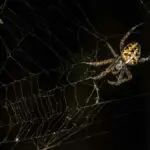Step into the web of intriguing and complex world of spiders, creatures that are often misunderstood and feared yet play a pivotal role in our ecosystem. This comprehensive guide will explore the behavior, life cycle, and why they are often labeled as pests. We delve into entomology and pest management, providing you with a deeper insight and understanding of these fascinating arachnids. Additionally, we’ll equip you with practical DIY spider control tactics to manage spider problems at home, discuss when it might be necessary to bring in the professionals and compare the benefits and drawbacks of different control methods. Furthermore, we’ll offer prevention strategies to make your homes unwelcoming to spiders and guide you towards eco-friendly and safe spider control methods, promoting a balanced coexistence wherever possible.
Understanding Spiders
Have you ever wondered what makes spiders so unique? Or why they can sometimes be such a nuisance? If you’ve ventured into the world of arachnology, these eight-legged wonders are more than just typical household invaders. Every aspect of their biology and behavior can amaze and astound anyone who dares to delve deeper.
First, spiders belong to the class Arachnida, sharing the same lineage as creepy crawlies like scorpions. While their eight-legged silhouettes often induce shivers in some, realizing their uniqueness means understanding their anatomy first. For instance, did you know spiders are among the few species with specialized abdominal appendages known as spinnerets? These powerful tools allow spiders to create silk – a multifunctional material that is used for everything from creating homes and catching prey to cradling their eggs.
Yet, what’s more astounding is this spider silk’s sheer strength and durability. Think about the Golden Orb-Weaver spider–it spins a web so strong that even birds sometimes become ensnared. Engrossing. This feat is possible due to the impressive tensile strength of spider silk, comparable to that of steel and better than even Kevlar!
Spiders have developed a remarkable set of eyes moving on to their sensory talents. Many species boast four pairs of eyes, enabling them to have near 360-degree vision. Talk about having eyes at the back of your head!
Aside from their sight, spiders’ sense of touch is particularly attuned, especially to vibrations traveling through their webs. Vibrations signal different activities – whether it’s a romantic potential approaching or a juicy bug caught in the silk snare. , spiders are quite the sensory connoisseurs.
Now, let’s tackle the question: why do these unique creatures often become a nuisance? The answer lies somewhere between their reproductive abilities and our human tendency to overreact.
Spiders are pretty prolific breeders, with some species producing hundreds of eggs in a batch. They tend to gravitate towards warm, secluded spaces—thus, our homes become ideal havens. Once inside, their stealthy ways and nocturnal habits make them hard to track down. This amplifies the “nuisance factor” for many people.
However, most spiders are harmless and can reduce other pest populations. The fear and annoyance humans often feel are more due to a lack of understanding than genuine risk. We don’t need to invite them to our dinner tables, but recognizing their part in the ecosystem and their fascinating biology can lead to a newfound respect, perhaps even fascination, with these eight-legged wonders. After all, every spider has a story to tell in the world of arachnology.

Do-It-Yourself Spider Control Tactics
Instead of adopting a vendetta against our eight-legged co-inhabitants or screaming in horror at their mere presence, let’s marinate in the concept of peaceable coexistence while safeguarding the sanctity of our living spaces. Explore practical and home-friendly spider control methods that respect our arachnoid friends and their ecological importance.
Before grabbing that rolled newspaper or shoe in self-defense, consider humane and crusty-dumping-friendly techniques. One such method involves the use of natural spider repellents. Essential oils such as peppermint, tea tree, or lavender instantly transform your home into an olfactory oasis for humans while making it a no-go zone for spiders. A concoction of these oils and water spritzed around corners, doorways, and window frames discourages spider exploration, thus ensuring your home remains primarily primate.
A deep dive into every spider enthusiast’s tool kit reveals the usage of natural barriers. Certain plants emit aromas that spiders find repelling. Citrus plants, eucalyptus, lavender, and peppermint plants strategically placed around your home can be a formidable green wall of defense against spiders. An added perk to this strategy is a garden humming with vibrancy and nature friends such as bees and butterflies!
Next up, an ample supply of diatomaceous earth, present in many DIY enthusiasts’ arsenal, creates an untraversable terrain for spiders. This magic powder consists of fossilized remains of tiny aquatic organisms known as diatoms. Under microscopic scrutiny, it reveals sharp edges that slice through the exoskeletons of spiders, inevitably leading to their dehydration and death. Sprinkle some along your home’s perimeter, in nooks and crannies, or other places where spiders may wander. Remember to refresh after rains or winds to maintain its effectiveness.
Lastly, sprinkling good old home cleanliness and maintenance can do wonders. Regularly removing cobwebs, vacuuming corners and hidden spaces, and decluttering your home can deter any eight-legged homesteader. Seal up cracks and small openings in walls, doors, and windows to block potential entry points. Abide by the adage ‘Cleanliness is next to godliness’ and enjoy a spider-free dwelling.
Invest some time in understanding their behavioral patterns, like their tendencies and habitats, and employ more sophisticated methods like spider traps. Remember, while we adapt DIY techniques for spider control, it’s essential to respect them and only resort to extermination if necessary.
Unravel the fascinating yet creepy world of arachnids and embrace new-found knowledge in your spider control journey. By empowering yourself with these efficient methods, you effectively maintain a harmonious chord with your eight-legged friends, thus creating a balanced ecosystem within the confines of your own home.
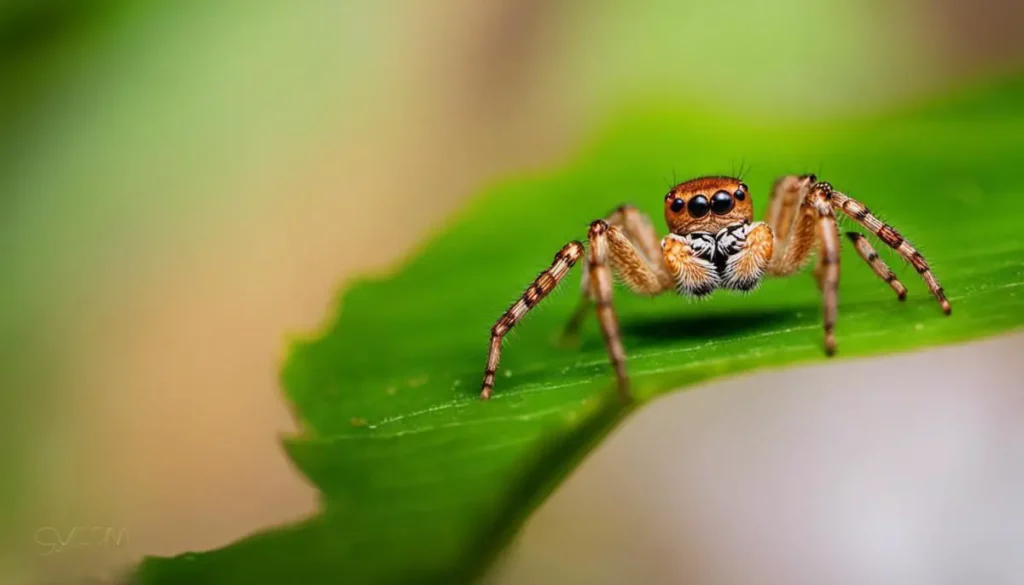
Professional Spider Control
It’s time to shift the focus, folks! Having unpacked the illustrious world of spiders and discussed freely available, humane methods to manage their presence in our homes, let’s delve into instances when it could be necessary to consider professional spider control.
Unease? Excessive population? Allergic reactions? These could be red flags requiring immediate attention. If multiple spiders are noticed daily and/or spiders keep reappearing after relocations, it’s time to contemplate professional control measures. Pregnant females or egg sacs suggest impending infestations, while noticing venomous species that pose a potential health risk, like Black Widows or Brown Recluses, are clear signs of the need for professional intervention.
Professional spider control is an investment in the safety of the living environment. Rightly called “spider specialists,” these professionals have a wealth of knowledge, allowing for accurate identification of spider species, understanding their behavior, and determining the severity of infestations.
They typically conduct a thorough inspection of the premises, locating hotspots for spider activity such as basements, crawlspaces, corners of windows, garages, eaves of the roof, and vegetation around the property. Based on the infestation severity and the spider species involved, they devise a strategy specifically tailored to the situation.
Contrary to popular belief, the goal of professionals is rarely mindless extermination. They focus primarily on population control and reduction and strive to create unfavorable conditions for spiders to inhibit re-infestation. Approaches may involve chemical treatments, heat treatments, vacuuming of webs and spiders, sealing off entry points, advising on landscaping changes, and providing guidance on housekeeping practices.
Remember, they use EPA-approved solutions for chemical treatments that are safe for humans and pets when used appropriately. Also, they are experienced in handling these situations, significantly minimizing any potential harm from venomous species.
Professional spider control also comes bundled with an educative aspect- an overlooked yet valuable part. Spider specialists provide insights on preventing future infestations, identifying dangerous species, and taking immediate protective measures when encountered.
In the larger scheme of things, the main objective of professional spider control isn’t to wipe out spiders from our homes entirely but to maintain a healthy balance where we, as humans, and spiders can coexist. It is about embracing the beauty of our ecosystem and working towards a harmonious balance, with respect for every creature, big or small. To sum it up? Next time you spot too many eight-legged guests at your home, consider calling the experts for a precise, responsible, and efficient intervention!
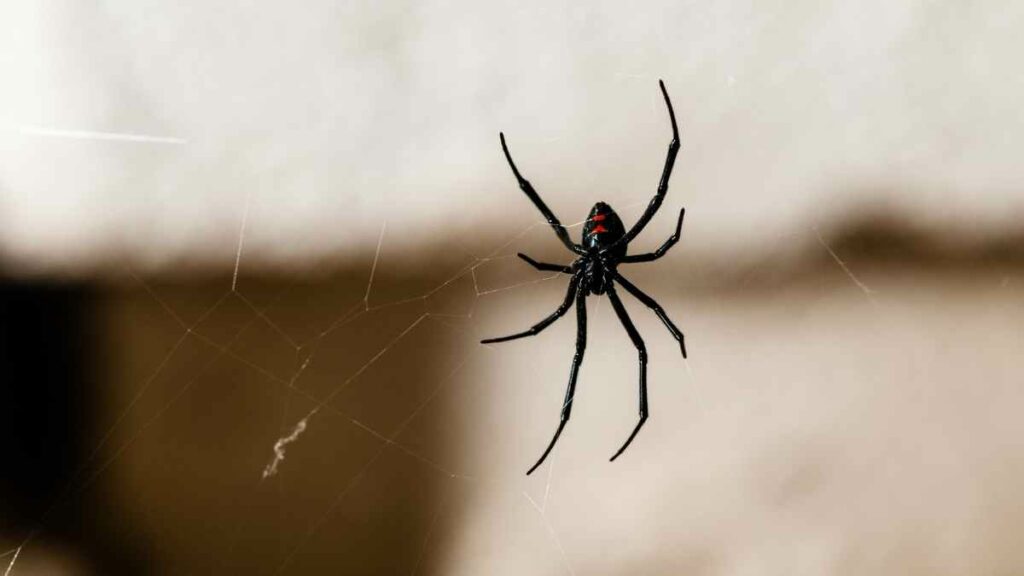
Spider Prevention Strategies
Even though spiders might send chills down your spine, they are an essential part of our ecosystem. A clear understanding of the spider behavior elaborated above, should help you manage them more effectively. However, managing spiders in your home goes beyond understanding their behavior and using spider repellants or traps. There’s a myriad of strategies that can be employed to create a space that’s less inviting to spiders.
In all dwellings, clutter is a prime landing spot for spiders. But before you panic, remember that decluttering your home doesn’t necessarily mean you need to live in barren accommodations! Instead, consider moving less frequently used items, such as holiday decorations or keepsake boxes, into secure storage containers instead of cardboard boxes. Also, efficiently arranging homes reduces the space spiders have to set up camp.
A crucial part of making your home less inviting to spiders is thinking about what attracts them in the first place. Spiders are often drawn to dark, less-trafficked areas where they can spin their webs undisturbed. Dim lighting can also make your place a spiders’ paradise. So, treat your home to a little sunshine—or an adequate amount of artificial light for those less sunny locales.
One of the most effective strategies is to seal up cracks and gaps in their home. While no house is entirely airtight, it’s worth noting that any opening into your home is an invitation to spiders. So, take the time to inspect windows, doors, baseboards, and even gaps around plumbing and electrical fixtures extensively. Also, consider installing screens over vents, especially in the lower areas of your home.
Reducing the attraction to spiders outside your home can also help to lower the number of spiders that make their way indoors. By moving firewood piles away from your house and keeping your yard tidy, you can create a less attractive environment for spiders.
While there’s a place in our ecosystem for these special creatures, that place doesn’t have to be in our houses. Following these strategies, you can keep spiders properly outside, allowing peaceful coexistence. Remember, spiders are usually our friends, not foes; they help in keeping populations of other pests under control. Sergeant Spider on the front line of defense against mosquitoes, flies, and other pests! Thus, we must coexist with spiders while ensuring they don’t encroach on our personal spaces.
By understanding spider behavior, incorporating strategic preventative measures, maintaining cleanliness and using suitable professional services when necessary, we can effectively manage the spider population in our homes. After all, we all prefer to keep any eight-legged guests to a minimum! Remember, knowledge is power — In the case of spiders, it’s more like arachnid power!
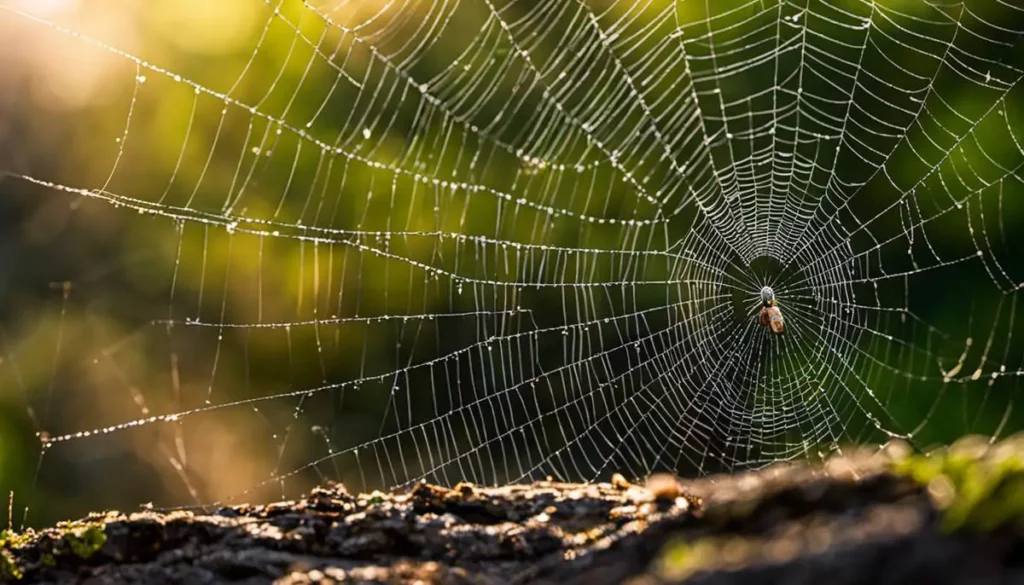
Safe and Eco-Friendly Spider Control Methods
Now that we’ve covered the importance of understanding spider behavior let’s dive into some more effective strategies for managing these eight-legged inhabitants in our homes.
One key factor in minimizing an interior spider population is removing their favorite hiding spots. Spiders adore clutter; it provides both cover for hunting and a place to set up their tiny, intricate homes. So, a clean house is often a spider-free house, or at least a house free from an abundance of spiders. Regular vacuuming, dusting, and decluttering won’t just leave your house smelling fresh and looking clean; it will also go a long way towards making it less attractive to spiders.
Lighting is another aspect you shouldn’t overlook when devising spider management strategies. Spiders aren’t the biggest fans of bright lights. Overhead installations may not phase them, but a switch to high-intensity, wide-beam lights may change their attitude. Furthermore, try to limit outdoor lighting around windows and doors as these often attract other smaller insects, which, in turn, can entice spiders.
Often ignored yet quite effective is the practice of sealing off the little nooks and crannies in your home. Patch up wall and floor cracks, keep windows and doors closed or screened, and take care of any gaps in baseboards or cabinets. Spiders are master explorers and can squeeze their bodies into surprisingly small spaces. Don’t provide them with an open invitation.
Consider your outdoor environment too. Clear piles of wood away from the house, trim back vegetation, and avoid standing water, as these are all havens for spiders. If possible, try to maintain at least a foot of distance between decorative mulch and your home foundation, as mulch provides an ideal hiding spot for spiders.
While spiders are indispensable parts of our ecosystems, we are right to desire to keep them out of our personal spaces. Implementing the strategies discussed should help maintain an acceptable balance, ensuring we coexist harmoniously with these fascinating creatures.
However, there are times when home remedies fail, and a professional needs to step in. Pest control services can assess your spider situation, develop a tailored strategy (which may include EPA-approved chemical treatments), and in some cases, provide education for future spider prevention.
Knowledge truly is power when it comes to managing spiders effectively. The better we understand these remarkable creatures, the better we can appreciate their role in the ecosystem and their place in our homes. Thankfully, newfound knowledge and proven strategies can minimize uncomfortable close encounters and help us live side by side with spiders, promoting an environment that is healthy, balanced, and a little less scary.
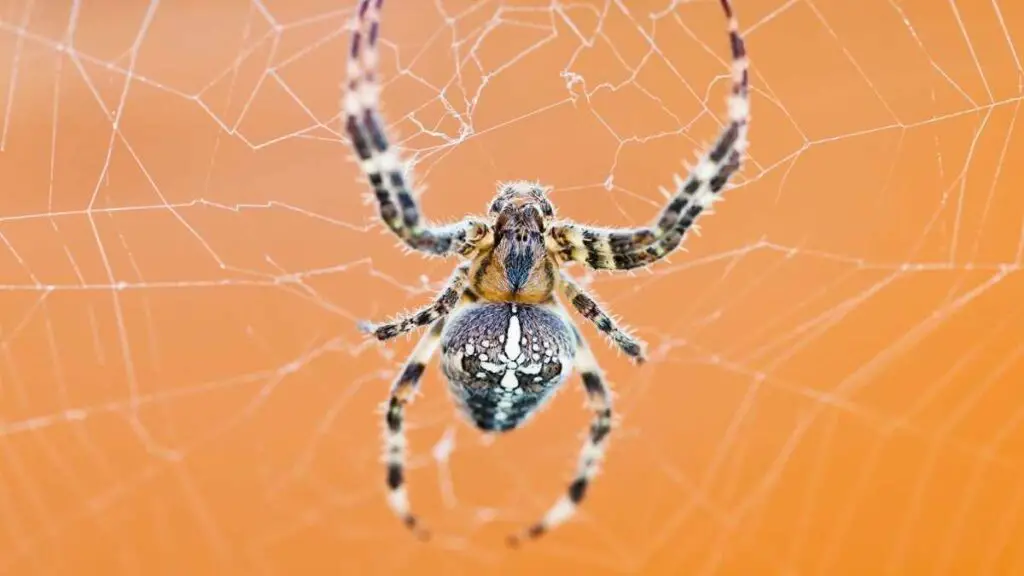
It’s crucial to remember that controlling spider populations in our homes doesn’t have to be a battle against nature. We can manage spider infestations effectively by implementing practical strategies including regular cleaning, sealing entrances, and controlling other insect populations. Nonetheless, when faced with significant infestations, professional exterminators have the expertise to safely and efficiently manage the situation. Moreover, adopting eco-friendly and safe control methods not only ensures that we are consciously protecting our surroundings, both for us and our pets but also signifies a respectful acknowledgment of the roles spiders play in our environment. So, by understanding, mitigating, and managing spider presence, we can promote a contextually harmonious coexistence with these amazing creatures.

